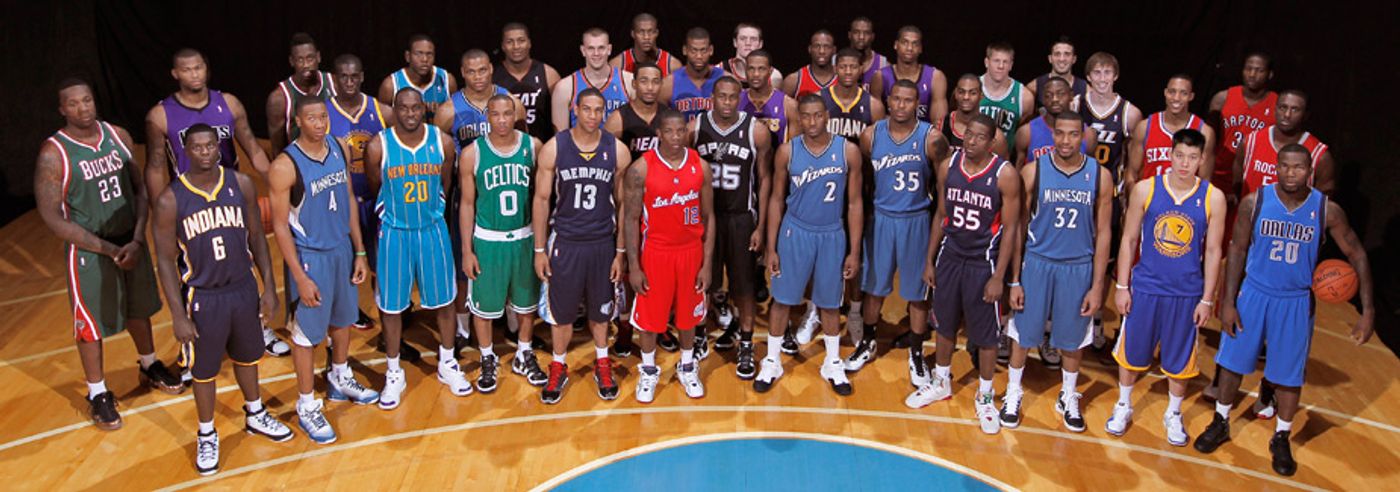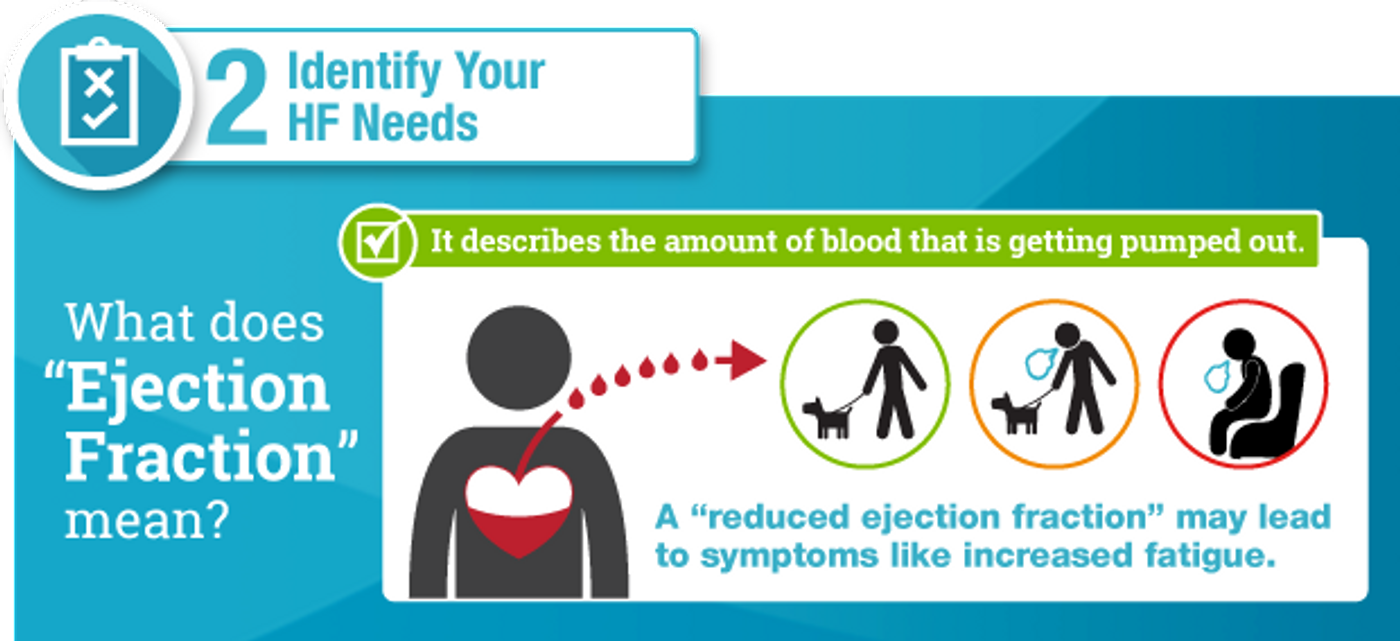Basketball players have the highest incidence of sudden cardiac death, most commonly caused by a heart defect called hypertrophic cardiomyopathy. To aid medical professionals in treating and preventing cardiac emergencies in basketball players and other athletes, a new study was completed and published in
JAMA Cardiology, where 526 NBA players’ hearts were examined. Although NBA players are used to analyses of their performances, this time the statistics reported did not concern points and assists.
Researchers completed a “comprehensive cardiac structure analysis,” complete from results of NBA-required echocardiograms from each of the NBA player participants. An echocardiogram gives doctors a picture of how the heart beats and can give various information about a patient’s health. According to the
American Heart Association, an echocardiogram can provide information about any of these conditions:
- The size and shape of the heart, and the size, thickness and movement of the heart’s walls
- How the heart moves
- The heart’s pumping strength
- If the heart valves are working correctly
- If blood is leaking backwards through the heart valves (regurgitation)
- If the heart valves are too narrow (stenosis)
- If there is a tumor or infectious growth around the heart valves
Out of 526 NBA players involved in this study, 77 percent were African American, 20 percent were white, the average age was 26 years, and the average height was six feet and seven inches.
The echocardiogram results showed that NBA players’ left ventricle (LV) cavity size was greater than the average adult, but NBA players are also taller than the average adult. Their LV size is proportional to their body size, but scientists still consider this characteristic to be an important factor in determining athletes’ heart health.
Almost a third of the participants showed an increase in LV mass index, called LV hypertrophy. African Americans were especially at risk for LV wall thickness as compared to white participants. However, all players appeared normal for LV ejection fraction.
Researchers will continue to expand on these results to develop better techniques for maintaining athletes’ heart health.
“Physicians who care for professional basketball players now have a valuable resource at their fingertips," said Aaron L. Baggish, M.D. “For now, we must remember that we cannot act in the best interest of the individual patient or the society at large until we understand what is normal and what is not."
Source:
The JAMA Network Journals










